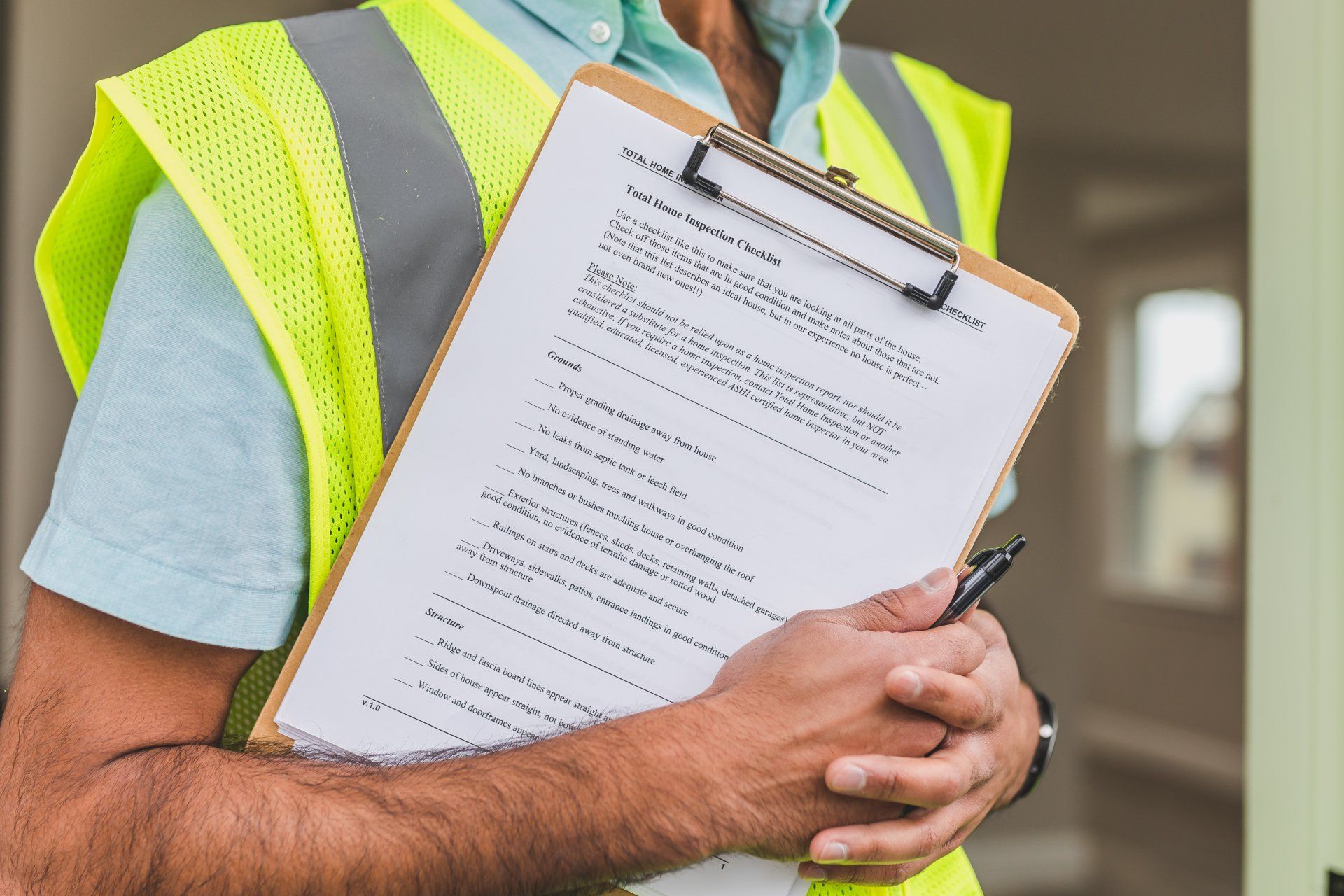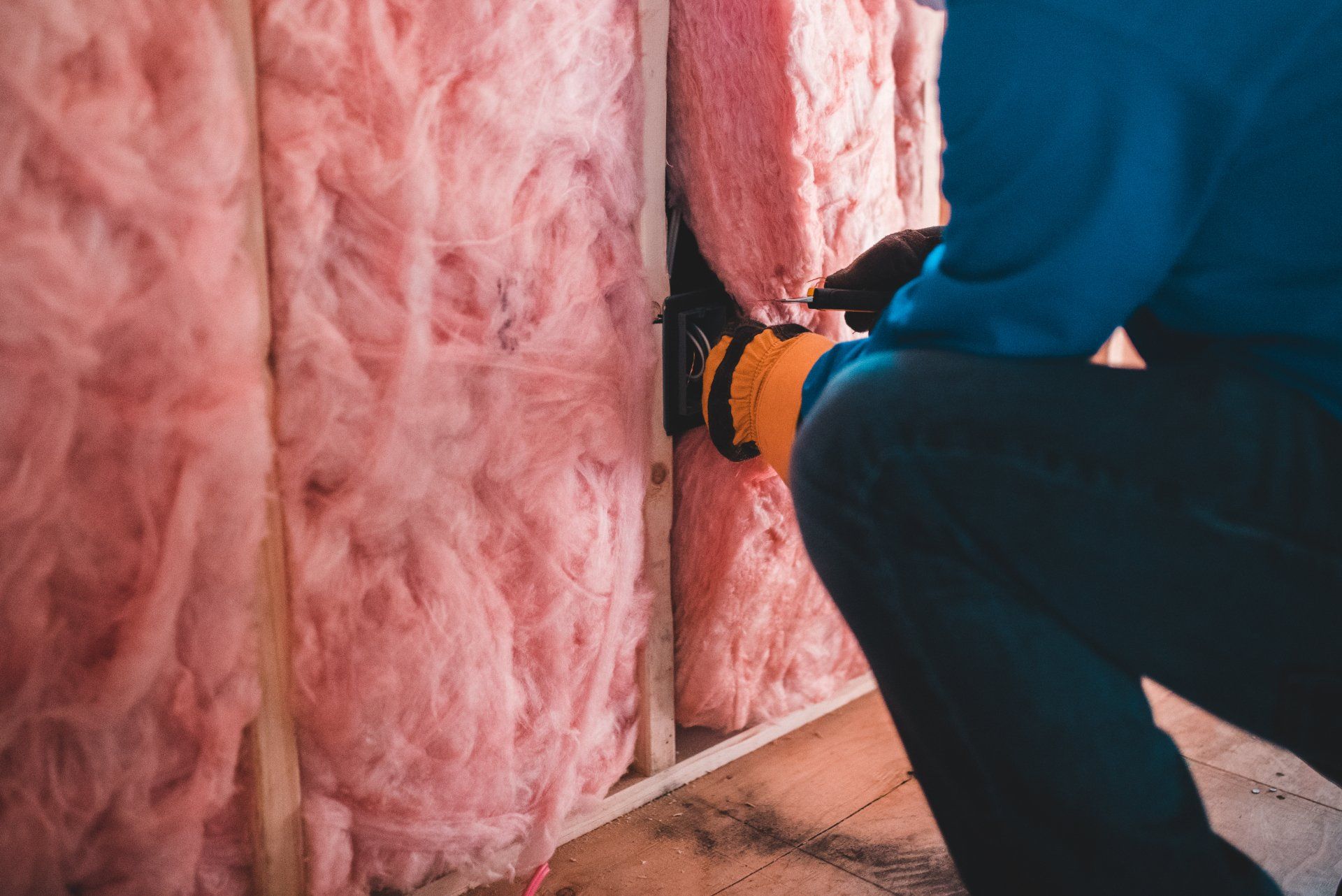How Do I Know If I Have Enough Insulation In My House?
Ensuring your home is adequately insulated is key to maintaining comfort, energy efficiency, and reducing utility costs. But how can you tell if your home has enough insulation? This post will guide you through the signs to look for and methods to determine if your insulation is sufficient.
Ensuring your home is adequately insulated is key to maintaining comfort, energy efficiency, and reducing utility costs. But how can you tell if your home has enough insulation? This post will guide you through the signs to look for and methods to determine if your insulation is sufficient.
Signs Your Insulation Might Be Lacking
Determining whether your home lacks sufficient insulation involves looking for various telltale signs:
- High Energy Bills: A clear indicator of poor insulation is higher than usual heating or cooling bills. If your HVAC system is constantly running to maintain comfortable temperatures, it's often due to heat escaping in the winter or entering in the summer due to inadequate insulation.
- Uneven Temperatures Between Rooms: If certain rooms in your home are consistently colder or hotter than others, it could signify poor insulation in those areas. This is especially common in rooms with exterior walls or those farthest from the HVAC system.
- Cold Walls, Floors, and Ceilings: The interior surfaces of your home should feel warm and dry to the touch. If they feel cold or damp, it's likely that insulation is insufficient. You can do a simple touch test by feeling the walls and ceilings on a cold day – they should be warm and interior-facing.
- Ice Dams on the Roof: In winter, the presence of ice dams – ridges of ice that form at the edge of a roof – can indicate that heat is escaping from the attic, melting snow, and then refreezing at the roof's edge.
- Chilly Drafts: Noticeable drafts, particularly around windows and doors, can also suggest inadequate insulation. However, this could also be due to gaps and cracks that need sealing.
- Condensation Inside the House: Excessive condensation on windows, or the presence of mold and mildew, can sometimes be linked to poor insulation.
- Age of Your Home: Older homes, especially those built more than 30 years ago, are more likely to have inadequate insulation by today’s standards. They might have less insulation than needed, or the existing insulation may have settled or degraded over time.
- Insect Infestations: Surprisingly, frequent insect infestations can be a sign of poor insulation, as gaps in insulation can provide easy entry points for pests.
- Noisy Interiors: If sounds from outside or other rooms in your house are easily heard, it might be a sign that your insulation isn't providing adequate soundproofing.
These signs can help you identify areas in your home that may require additional insulation. Paying attention to these clues can lead to better comfort and energy savings.

Evaluating Your Home's Insulation and Seeking Professional Guidance
To accurately assess the insulation levels in your home and understand potential upgrade options, consider the following steps:
- Attic Inspection: The attic is a crucial area for heat retention. Check if the existing insulation is level with or below your rafter joists. If you can easily see the joists, you likely need more insulation. Also, ensure that the insulation is evenly distributed without any low spots.
- Wall Insulation Check: Determining insulation levels in walls can be more challenging. One method is to turn off the power to an outlet and remove the cover plate. You can then use a flashlight to peek into the gap around the outlet box for a view of the wall insulation. Be sure to proceed with caution and consult a professional if unsure.
- Basement and Crawlspace Inspection: Look at the ceiling of your basement or crawlspace for insulation. Also, check for insulation on exterior walls and where the upstairs floor meets the basement (the rim joist) as this can be overlooked in older homes.
- Use of Technology: Infrared thermometers or thermal imaging cameras can be effective tools for detecting areas with poor insulation by highlighting temperature differences in your home's structure.
- Understanding R-Value Needs: Research the recommended R-values for your region and compare them to what you observe in your home. This can guide you in understanding how much more insulation might be needed.
- Seek a Professional Energy Audit: For a comprehensive evaluation, consider a professional energy audit. Energy auditors use specialized tools like blower doors and infrared cameras to precisely detect areas where insulation is insufficient.
- Discussing Upgrade Options: Based on the audit findings, a professional can recommend the best insulation materials and methods for your home. This could include adding more batt insulation in the attic, blowing insulation into wall cavities, or upgrading to more effective materials like spray foam.
- Cost-Benefit Analysis: A professional can also help you understand the cost implications and potential energy savings from upgrading your insulation. This helps in making an informed decision about whether and where to invest in insulation improvements.
- Exploring Incentives: Some regions offer incentives or rebates for home energy improvements, including insulation upgrades. Professionals in the field are usually up to date on these opportunities and can guide you on how to qualify.
Regularly assessing your insulation and considering professional advice ensures that your home remains energy-efficient, comfortable, and cost-effective in the long run.

Maximizing Home Comfort: The Wide-Ranging Benefits of Adequate Insulation
Ensuring that your home in Saskatoon is well-insulated is crucial, offering benefits that enhance both your living environment and energy efficiency. Adequate insulation in this region, known for its varied climate, ensures comfort during the cold winters and warm summers.
- Energy Savings: Proper insulation can lead to significant reductions in heating and cooling costs, a crucial factor in Saskatoon’s climate.
- Comfort Year-Round: With our local weather patterns, good insulation means a warm home during our frigid winters and a cool retreat in the hot summers.
- Sound Insulation: In the bustling city environment of Saskatoon, effective insulation also serves as a sound barrier, creating a quieter indoor space.
- Moisture Control: Particularly in areas like Saskatoon, where humidity can fluctuate, insulation helps manage indoor moisture levels, reducing the risk of mold and dampness.
- Boost in Property Value: In the Saskatoon housing market, well-insulated homes are often more appealing due to their energy efficiency.
- Eco-Friendly Living: By optimizing your energy use, you contribute to environmental conservation, a growing concern in our community.
In conclusion, checking and upgrading the insulation in your Saskatoon home is not just a matter of comfort but also of cost-efficiency and environmental responsibility. The benefits extend well beyond the immediate, contributing to the long-term well-being and value of your property.
Thinking about your home’s insulation in Saskatoon? Reach out to Foam Pros Saskatoon for an expert insulation assessment and upgrade services. Our team specializes in providing solutions tailored to the unique climate and construction styles of Saskatoon, ensuring your home is efficiently and comfortably insulated. Enhance your living space and reduce your energy bills with Foam Pros Saskatoon. Contact us today and take the first step towards a more efficient, comfortable home.


Foam Pros Saskatoon
Foam Pros Saskatoon is a specialist spray foam insulation company that services the surrounds of Saskatoon. We specialize in expanding foam insulation for ceilings and walls in both commercial and residential spaces.
Privacy Policy Contact Us More Resources
All calls from our site are sent to a qualified contractor.
Built by RenovateROI - A Home Contractor Marketing Company
